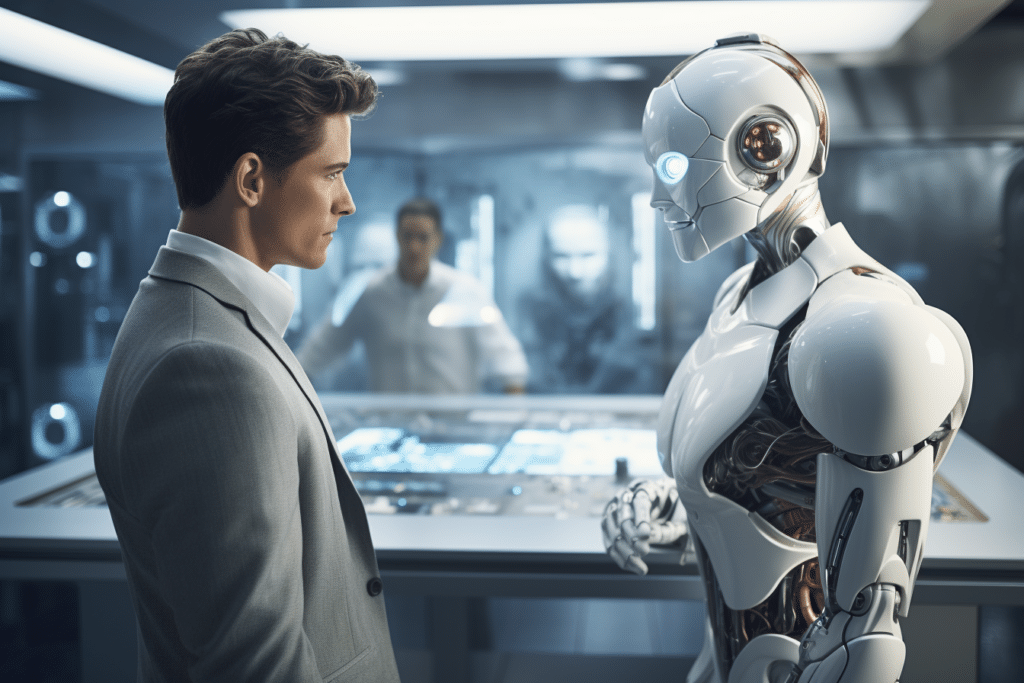
Coscientist, an AI based on GTP-4, has just proved its worth in the scientific field. This tool has succeeded in manipulating key organic reactions. This is a major breakthrough for science. Indeed, artificial intelligence could be the key to future discoveries.
Has Gabe Gomes’ team at Carnegie Mellon University just pull off the 21st-century feat? These researchers have recently developed an AI based on GPT-4. They programmed it to perform various functions. The so-called Coscientist can work independently in a laboratory. And the demonstration convinced the general public.
“My crazy prototype was able to do things really well”
This statement by Gabe Gomes perfectly illustrates Coscientist’s performance. This AI, like other language models, is based on a considerable database. However, LLM was not capable of accurately processing molecular structures. But scientists have succeeded in adapting it to perform this task. Coscientist is the fruit of this feat.
“Using LLMs will help us overcome one of the biggest barriers to using automated labs: the ability to code. (…) If a scientist can interact with automated platforms in natural language, we open up the field to many more people” Gabe Gomes.
A combination of 4 software modules
GPT-4 is part of Coscientist’s 4 software modules. The first is the most important. It is a planning module, which lies at the heart of the AI . A second module deals with internet searches.The latter analyzes scientific articles, studies and reviews to provide the user with information. The third, integrates texts from equipment manuals. It is then able to control laboratory machines to achieve the expected results. The last module is indispensable in scientific research. It examines experimental data to define successes and failures.
But Coscientist also has another option. It is not based on GPT-4. However, it is capable of performing complex calculations . This is a considerable advantage when preparing experiments.

Time for a demonstration
Coscientist surprised everyone with its demonstration. The research team asked the AI to perform some fairly complex chemical reactions. The robot had to train Suzuki and Sonogashira’s palladium-catalyzed carbon-carbon bonds. The scientists simply indicated the location of the reagents in the laboratory. In less than four minutes, Coscientist was able to reproduce the chemical reaction.
The researchers then verified the resultsof this demonstration. They used the gas chromatography-mass spectrometry . The conclusion is unanimous: Coscientist has succeeded with exceptional precision.
Coscientist’s demonstration is currently available online. This is your chance to read all about this innovation.
The 2010 Nobel Prize in Chemistry, reproduced by AI
The reactions reproduced by Coscientistare none other than the winners of the Nobel Prize in Chemistry 2010. It’s worth noting that these reactions broke new ground in the pharmaceutical development process. With this achievement, Coscientist could also claim this prestigious prize in a few years’ time. Indeed, scientists will always be striving to perfect their AI to achieve this goal.